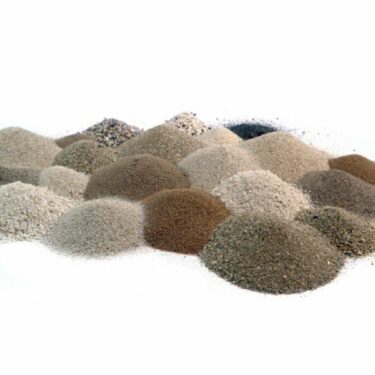Si tiene alguna duda o requiere una cotización de un proyecto o productos, escríbanos:
|
|
Showing all 7 results
Granular filtration media filter used to treat water. The filter media include a bed of grain particles.
Anthracite has characteristics by its hardness has a physical filtering use, and some adsorption and, therefore, can be beneficial to remove some biological and chemical contaminants from wastewater. Although it is a carbon, it cannot replace activated carbon.
The filter media bed is contained within a tank and through an inner tube. When the water contains suspended solids and enters the granular filter bed, the particles are stopped at the top and within the depth of the bed.
Filter velocity is reduced to a constant pressure unless the amount of pressure applied to force excess water into the filter bed is increased. To avoid congestion of the top surface and top depth of the bed, the filter is backwashed at high velocity to expel filtered particles.
Water in some areas of the country contains high concentrations of solids and a water treatment plant is necessary for home or industrial use. Filter applications generally apply to processing stream containing less than 100 to 200 mg/liter of solids, depending on the level of wastewater required.
Increased suspended or total solids loading can cause problems for the reverse osmosis system and especially for process equipment. The concentration of suspended solids in liquids depends on the particle size distribution, but generally, granular multimedia filters are capable of removing solids from raw water, food preparation, skin care or industrial water. This prevents fouling of water lines, cisterns, production lines using nozzles, fruit washing and especially heat transfer equipment to receive fouling or corrosive water (e.g. in domestic or industrial water heaters).
Removing suspended contaminants allows chemical treatments to perform their primary functions of scale and corrosion prevention and microbiological control. The liquid filter with the lowest suspension, solid concentration is 1 to 10 mg/liter.
Large variations in flow rate will affect the quality of wastewater. The filters of many granular filters are generally given by sedimentation to reduce suspended solids in the filter.
The granular media filter can also be used with UV lamps for biological control or activated carbon to reduce unwanted organics and in the case of activated carbon, minimizing fouling of the carbon column.
Granular media systems are only slightly effective in treating suspended particles. In general, these particles can be larger than the media that will retain them, be it silica sand, anthracite, garnet. In the absence of such particles (as in the case of oil-water emulsion), other techniques such as ultrafiltration must be considered.
These systems are based on a sand or gravel support, which often remove suspended particles with an approximate size of 5 to 15 microns.
The filter is an effective way to remove solid waste levels, as long as the concentration or source of water to be treated does not change.
The operation can be easily integrated with other treatment steps and, in addition, equipment is added to the processing system to reach the desired water quality as well as suitability on site.
In summary, sand filtration technology, although simple, quite flexible in handling treatment challenges.
